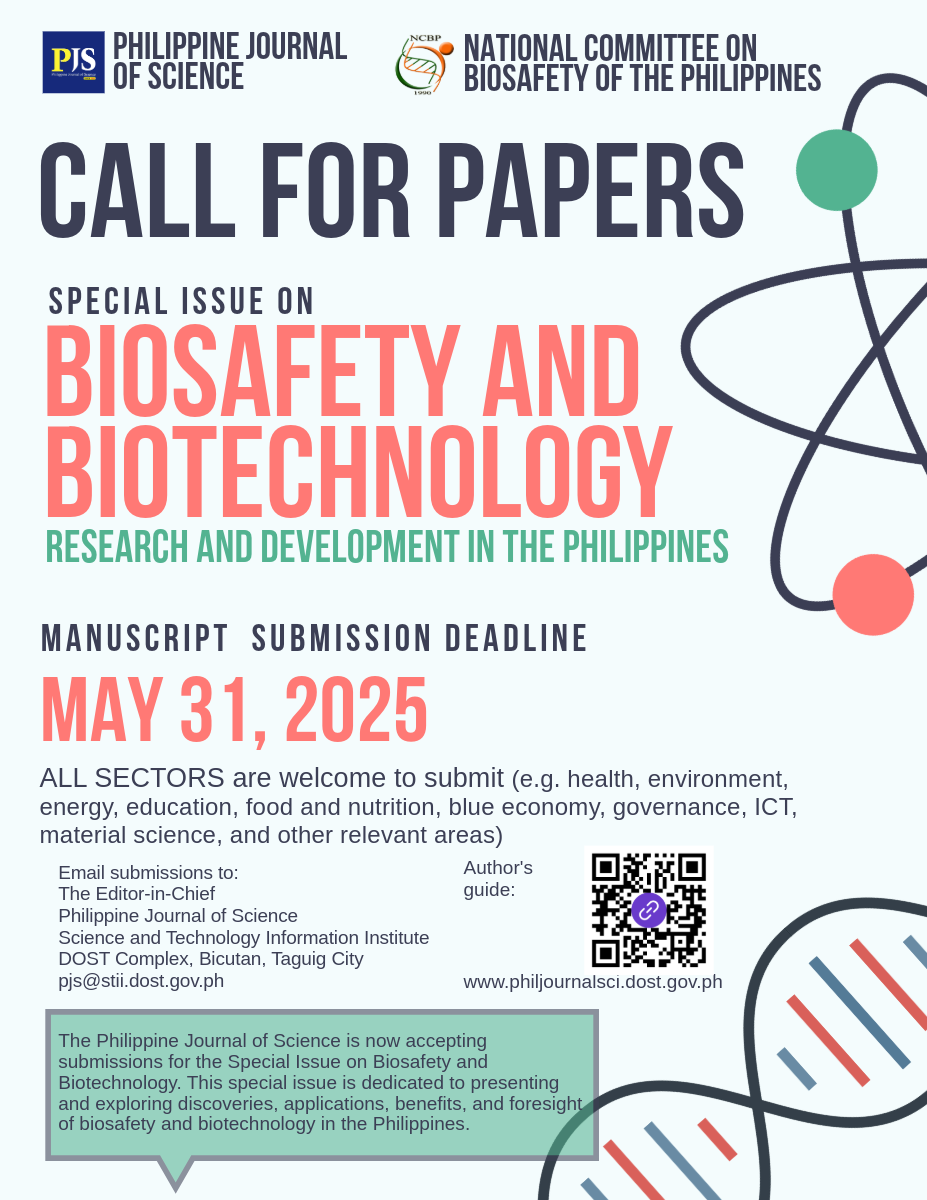Growth and Nitrogen Fixation by Non-Heterocystous Filamentous Cyanobacteria of Rice Fields of Uttar Pradesh, India
O.N. Tiwari1, Dolly Wattal Dhar2, Radha Prasanna2,
H.M. Shukla3, P.K. Singh2 and G.L. Tiwari3
1National for Conservation and Utilization of Blue-Green Algae Indian Agricultural Research Institute, New Delhi - 110 012
2National Centre for Conservation and Utilization of Cyanobacteria, Indian Agricultural Research Institute, New Delhi - 110 012, India
3Department of Botany, University of Allahabad, Allahabad - 211001, India

Thirty four non-heterocystous filamentous cyanobacterial strains belonging to eight genera of the Order Oscillatoriales namely Pseudanabaena (one), Limnothrix (one), Phormidium (five), Porphyrosiphon (one), Microcoleus (two), Oscillatoria (nine), Lyngbya (ten) and Plectonema (five) were isolated from rice field soils belonging to various localities of Uttar Pradesh, India. Out of these isolates, six were selected based upon their capacity to grow in nitrogen deficient (-N) medium. These were examined for growth attributes and pesticide tolerance. A wide variation was exhibited by these isolates with respect to biomass production, generation time, nitrogen fixation and pesticide tolerance. Porphyrosiphon notarisii, Lyngbya birgei and Lyngbya semiplena were found to exhibit appreciable nitrogen fixation. The different cyanobacterial strains varied in their tolerance to 2,4- Dichlorophenoxy acetic acid, Malathion and Dimecron. While, Lyngbya martensiana, L. semiplena and Plectonena boryanum grew well only up to 25 ppm of Malathion, but Lyngbya aestuarii, L. birgei and Plectonema boryanum were able to tolerate up to 200 ppm of 2,4 D. In Dimecron supplemented cultures, the maximum concentration tolerated was 10 ppm by L. birgei and L. aestuarii. However, Plectonema boryanum grew well only up to 1 ppm concentration of Dimecron.
REFERENCES
ANAND N. 1998. Non-heterocystous cyanobacteria: potential source of biofertilizers. Trends in Microbial Exploitation (ed by Bharat Rai, R.S. Upadhyay and N.K.Oubey). 3141p.
ANAND N, VEERAPPAN O. 1980. Effect of pesticides and fungicides on nitrogen fixing cyanobacleria. Phykos 19: 210-212.
BERGMAN B, GALLON JR, RAI AN, STALL U. 1997. N2 fixation by nonheterocystous cyanobacteria. FEMS Microbiology Reviews 19: 139-185.
BOUSSIBA S, LIU X-Q, GIBSON J. 1984. Exogenous ammonia production by Anacystis nidulans R-2 induced by methionine sulfoximine. Arch. Microbiol. 138: 217-219.
DESIKACHARY TV. 1959. Cyanophyta Pub. Indian Council of Agricultural Research. New Delhi. 686p.
DUGDALE RC, MENZEL OW, RHTHER JA. 1961. Nitrogen fixation in the Sargasso sea. Deep Sea Res. 7: 297-300.
GALLON JR, CHAPLIN AE. 1988. Recent studies on N2 fixation by non-heterocystous cyanobacteria. Phykos 28: 18-46.
GALLON JR, PERRY SM, KALAB TMA, FLAYEH KAM, YUNES JS, CHAPLIN AT. 1988. Metabolic changes associated wet diurnal pattern of N2 fixation in Gloeothece. J. Gen Microbiol. 134: 3079-87.
GALLON JR, ABUL-HASHEM M, CHAPLIN AE. 1991. Nitrogen fixation by Oscillatoria spp. under autotrophic and photoheterotrophic conditions. J. Microbiol. 137: 31-39.
GOYAL SK. 1989. Stress compatibility in cyanobacteria. Phykos 28: 267-273.
GOYAL SK. 1993. Algal biofertilizer for vital soil and free nitrogen. Proc. Indian Natn. Sci. Acad. B59: 295.
GUILLARD RL 1973. Division rates. In: Handbook of Phycological methods. Culture methods and growth measurements. Ed. Stein., J.R., Pub. Cambridge University Press U.S.A. p. 290-311.
HUANG TC, CLAW TJ. 1988. Comparative studies of some nitrogen fixing unicellular cyanobacteria isolated from rice fields. J. Gen. Microbiol 134: 3089-97.
JEWELL VJ, KULASOORIYA SA. 1970. The relation of acetylene reduction to heterocyst frequency in cyanobacteria. J. Exp. Bot. 21: 881-886.
KAUSHIK BD, VENKATARAMAN GS. 1983. Response of cyanobacterial nitrogen fixation to insecticides. Curr. Sci. 52: 321-323.
OHKI K, ZEHR PJ, FUJITA Y. 1992. Regulation of nilrogenase activity in relation to the light regime in the filamentous non-heterocystous cyanobacterium Trichodesmium sp. NIBS 1067. J. Gen. Microbiol 138: 1679-85.
MCKINNEY G. 1941. Absorption of light by chlorophyll solutions. J. Sot. Chem. 140: 315-322.
PEARL HW. 1994. Spatial segregation of CC fixation in Trichodesmium spp.: Linkage to N2 fixation potential. J. Phycol. 30: 790-799.
PEARSON HW, HOWSLEY R, KJELDSEN CK, WALSBY AE. 1979. Aerobic nitrogenase activity associated with a non-heterocystous filamentous cyanobacterium. FEMS Microbial. Lett 51: 163-167.
RAI AN, BONHAKUR M, BERGMAN B. 1992. Nitrogenase derepression, its regulation and metabolic changes associated with diazotrophy in the non-hetercystous cyanobacteria Plectonema boryanum PCC 73110. J. Gen. Microbiol. 138: 481-491.
RIPPKA R, DRUELLES J, WATERBURY JB, HERDMAN M, STANIAR RV. 1979. Genetic assignments, strain histories and properties of pure cultures of cyanobacteria. J. Gen. Microdot. 111: 1-61.
SALIDA P, BORDOLOI RPM. 1994. Blue green algal flora from the rice fields of Assam. Phykos 33: 53-57.
SINGH PK. 1973. Nitogen fixation by the unicellular blue-green alga Aphanothece. Arch. Microbiol. 92: 59-62.
SOMANI LL. 1987. Biofertilizers in Indian agriculture, Pub.Concept Co. New Delhi.
STAL L, KRUMBEIN WE. 1981. Aerobic nitrogen fixation in pure cultures of a benthic marine Oscillatoria (Cyanobacteria). FEMS Microbiol. Lett. 11: 295-298.
STAL LJ, KRUMBEIN WE. 1987. Temporal separation of nitrogen fixation and photosynthesis in the filamentous, non-heterocystous cynobacterium Oscillatoria sp. Arch. Microbiol. 149: 76-80.
STEWART WDP, LEX M. 1970. Nitrogenase activity in the blue green alga Plectonema boryanum strain 594. Arch. Microbiol. 73: 250-260.
VENKATARAMAN GS. 1975. The role of blue green algae in tropical rice cultivation. In: Nitrogen fixation by free living microorganisms. ed. W.D.P. Stewart. Pub. Cambridge Univ. Press. p. 207-218.
VENKATARAMAN GS, RAJYALAKSHMI B. 1972. Relative tolerance of blue green algae to pesticides. Curr. Sci. 40 (6): 143-144.









